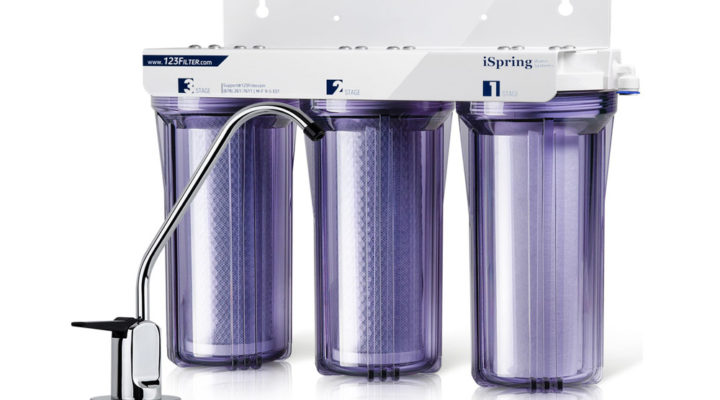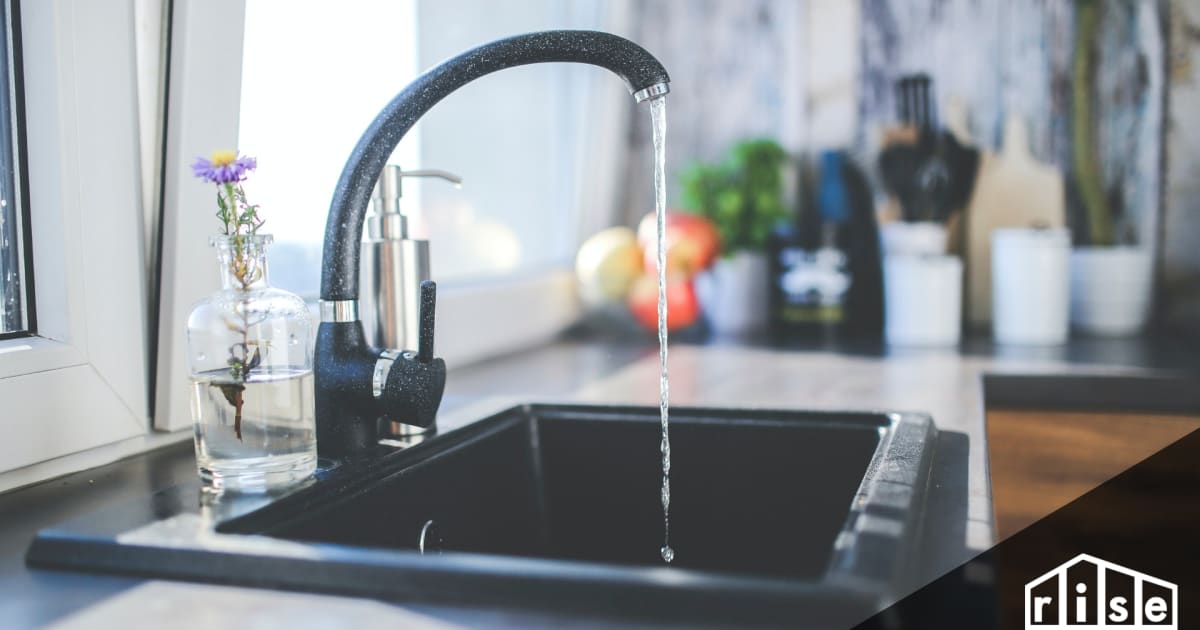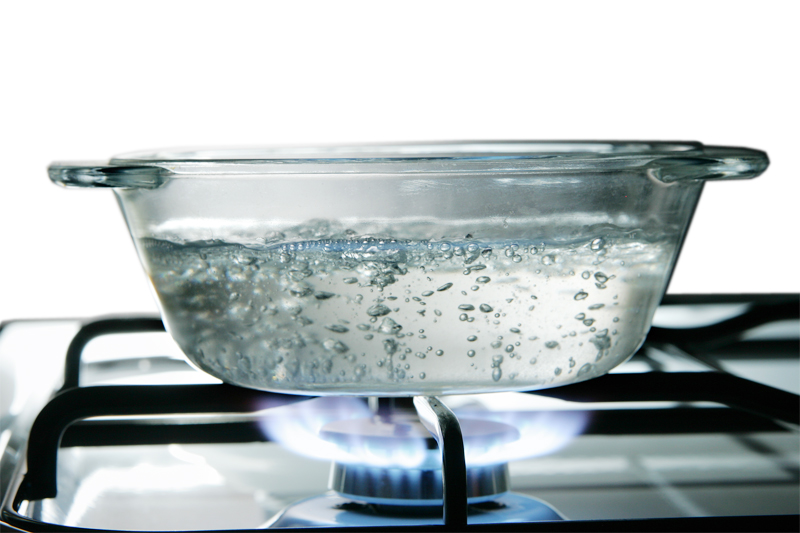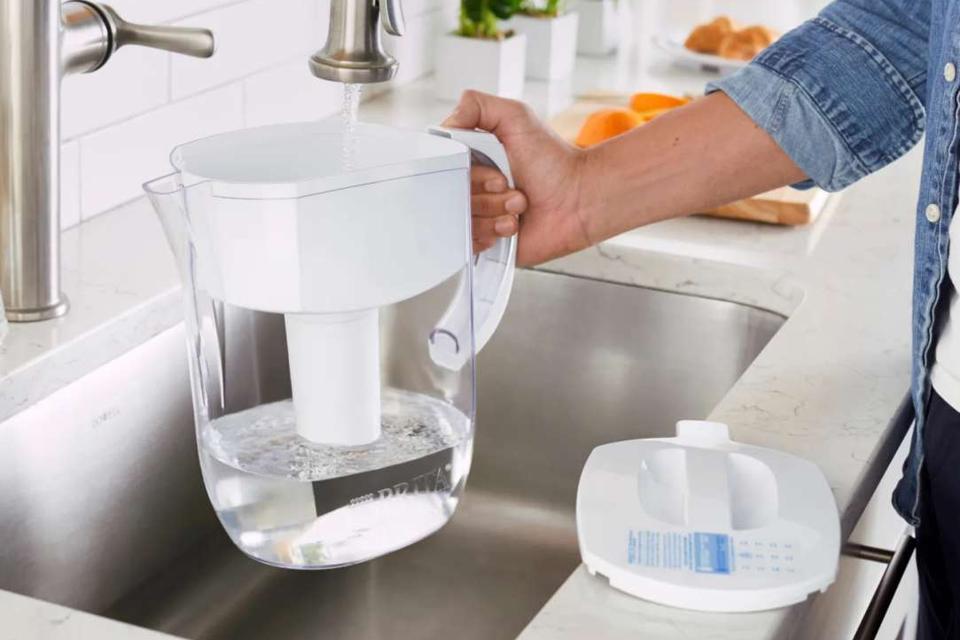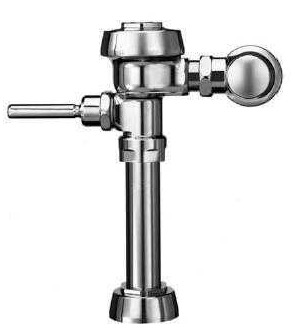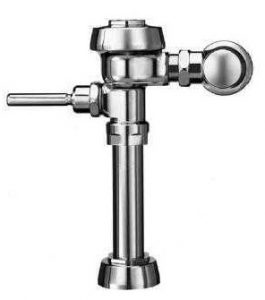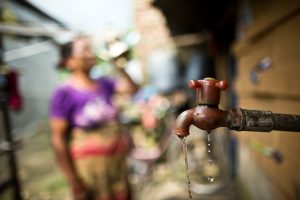3 Tips to Help Maintain Your Reverse Osmosis System
Reverse osmosis system maintenance keeps your system running at top performance level. Here are 3 practical tips from John, our Master Water Specialist, to help you maintain your reverse osmosis system.
Why is reverse osmosis system maintenance important?
Reverse osmosis (RO) systems are great to have under your sink to provide you high-quality water to drink, cook with, or run to the ice machine. To make sure the system continues to remove dissolved solids and that the quality of that water stays remains high, RO systems require periodic maintenance.
1. Change the reverse osmosis membrane and RO filters.
No matter which style of system you have, whether it’s a quick-change, an older style with drop-in cartridges, or even a countertop system, it’s very important to replace the prefilters, the postfilters, and the RO membrane periodically.
When should you replace the RO membrane and filters?
- Prefilters: Every 6 months to 1 year.
- Postfilters: Once a year.
- Hard water: 2 to 4 years
- Soft water: 5 to 7 years
All RO systems typically have a sediment/carbon prefilter to reduce chlorine so that it doesn’t contact the membrane. Chlorine will destroy the membrane, and you’ll have to buy a new one quickly. It’s important to make sure that the carbon filter has plenty of capacity. A good rule of thumb is to change it every year without fail. In some areas with high chlorine rates in the city water supply, you may end up having to change the prefilter every six months instead of every 12 months. Periodic filter changes help protect the membrane.
The postfilter polishes the water as it leaves the storage tank on the way to your faucet. And a good rule of thumb is to change the postfilter annually. The postfilter doesn’t receive raw city water. Instead, it receives good RO water from the storage tank. You can change the postfilter annually and be confident that it’s doing its job.
The RO membrane is the heart of the reverse osmosis system. It separates the contaminants from the water molecules. The filters protect the RO membrane. The kind of water you coming into your RO system determines how frequently you need to change the membrane. A TDS meter can help you check if your RO membrane is functioning properly. You can compare the rejection of the membrane. As it starts to get worse and worse, you know the membrane is towards the end of its life. A membrane on hard water needs changing every two to three years. A membrane on soft water could last five to seven years, as long as you replace the prefilters and postfilters. If you maintain your reverse osmosis system well, it will last a long time.
2. Drain the RO storage tank.
Periodically, you should drain the RO storage tank, maybe before you go to bed, so it can refill overnight.
How often should you drain the RO storage tank? Every 2 weeks.
Draining allows the RO system to completely turn the water in the tank. When you only use a little bit of water, the system only refills the top portion of the tank. The RO system struggles to put water in that tank, and the rejection is not quite as good as it was when the tank was empty. If you don’t use a great deal of water, drain that tank down every couple of weeks to replace the water and maintain its quality.
3. Sanitize the RO storage tank.
Whenever you change the RO membrane, make sure you sanitize the tank. After a while, all tanks grow slime. Run a sanitizing solution through the system every other year to get rid of slime.…
















